Painshill Park, Surrey: A garden of the Golden Age
This year marks a decisive moment in the heroic restoration of a celebrated landscape garden. Clive Aslet reports.
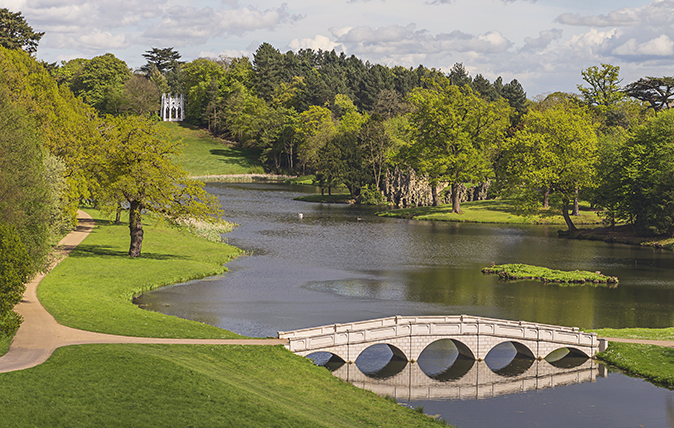
In 1975, the former Esher Urban District Council was persuaded by a group of local activists to purchase the ruins of one of the most influential 18th-century landscapes of the Picturesque Movement and vest it in the Painshill Park Trust – such an act is barely conceivable today. The garden was a wilderness of scrub and bracken, its vistas were blocked by hundreds of self-seeded trees, its lake was a bog and its buildings lost or ruinous. After 43 years of hard work and fundraising, the last element of the garden has been restored and the whole setting magnificently returned to life.
The timescale of this restoration mirrors that of the garden’s creation by Charles Hamilton. Born in 1704, Hamilton was the 14th child and youngest of the nine sons of the 6th Earl of Abercorn. Educated at Westminster School and Oxford, he was able to visit Italy twice, in 1727 and 1732. His portrait, painted in Rome by Antonio David, shows him as a sportsman, with a gun in his hand and dogs at his feet, but he also bought a number of antique sculptures, including the figure of Bacchus for which, more than 30 years later, the Temple of Bacchus in the garden would be constructed.
At Westminster, Hamilton had been a friend of Henry ‘the Magnificent’ Hoare, who would create the gardens at Stourhead, Wiltshire, from 1741, and, like him, took inspiration from the landscape paintings of Claude, Gaspard Dughet and Salvator Rosa. But he lacked Hoare’s means and on his return from Italy, needed employment. He found it at the court of Frederick, Prince of Wales. This would have brought him into contact with Lord Cobham, for whom William Kent had recently begun to design garden architecture at Stowe in Buckinghamshire. The prince himself took a keen interest in landscape, being described as ‘the best friend of gardening and planting’ by botanist Peter Collinson after his early death in 1751.
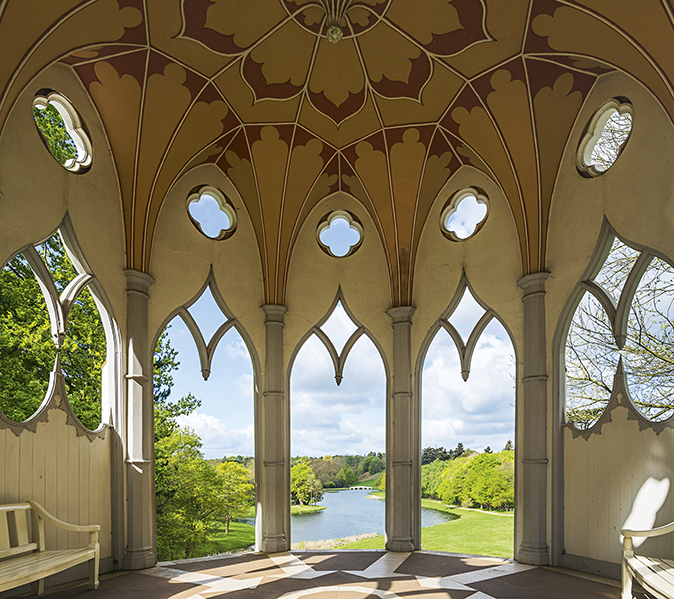
Hamilton bought his land at Painshill in 1738. It was never an estate: the scale – less than 400 acres – is more akin to The Leasowes, which the poet William Shenstone developed from his family farm, than Stowe, Stourhead or Rousham. Hamilton lived in an existing house on the perimeter of the estate to which he added a large room. Although he had dreamed of building a house within his landscape, money ran out and it was left to the next owner of Painshill, Benjamin Bond Hopkins, to build a house, which was designed by Richard Jupp.
The land at Painshill was extremely unpromising. Contemporaries were appalled by the unproductive Surrey heaths amid which it was set and, to Hamilton’s visitors, one of his greatest achievements was to make what Horace Walpole described as ‘a fine place out of a most cursed hill’. Hamilton had to improve the soil before anything else. He described his method in a letter to Lord Kildare, who was improving his Irish estate with the help of Hamilton’s friend Henry Fox.
Four or five ploughings brought ‘all the Couch Grass & Weeds to the Surface,’ which were then ‘raked up in Heaps & burnt’. It might be possible to sow the prepared ground with grass seed and barley, the latter being a defence against the ‘Summer Sun’. However, difficult areas – and much of Painshill fell into this description – were sowed with turnips, which were then fed to sheep, whose manure provided fertility. This produced, as Samuel Richardson wrote in his revised edition of Defoe’s A Tour Thro’ the Whole Island of Great Britain, ‘a fine Sward of Grass… where it was judged by most People impossible to get any Herbage’.
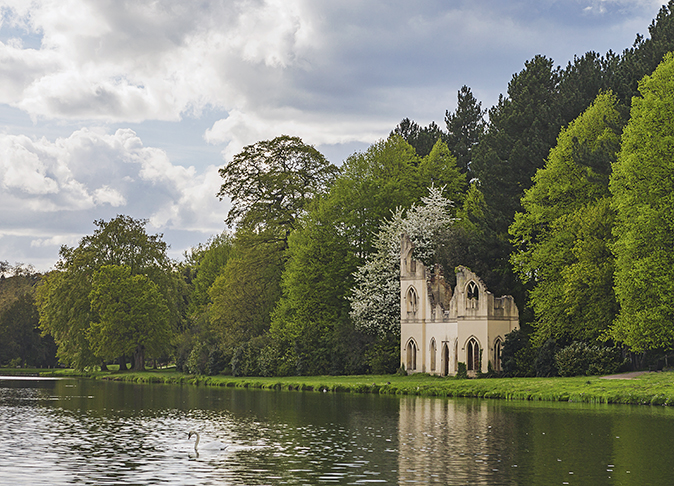
Some of the cedars of Lebanon that Hamilton planted survive. They formed part of an important collection, featuring the latest introductions from overseas. Visiting Painshill with Sir Joseph Banks in 178I, Charles von Linné declared that ‘a greater variety of the fir was to be found on this spot than in any other part of the world’. Hamilton was one of the first garden owners to plant American conifers, whose seed he shared with other dendrologists. Aesthetically, ‘a thick screen of all sorts of trees’ had the merit of excluding ‘every the last bit of the vile heath’. Those words were written by the Irish baronet Sir John Parnell, whose manuscript diaries have been published by James Sambrook in Garden History (1979).
Exquisite houses, the beauty of Nature, and how to get the most from your life, straight to your inbox.
Writing in 1769, Parnell was bowled over by the variety and strong growth of Hamilton’s exotics, which he measured. ‘When I consider those and the vast numbers of Weymouth pine, cedars of various sorts, that of Lebanon in particular, immense larch… all of Mr Hamilton’s raising within this 24 years, it amazes me, and I think a prospect opens the most delightful and bewitching to the fancy that it is in the power of any object to bestow.’
Another pioneering achievement was a vineyard, the ‘champagne’ of which was an expensive novelty at a time when no other landowners attempted viticulture. ‘I am convinced that much good Wine might be made in many parts of the south of England,’ Hamilton wrote presciently, in a contribution to Sir Edward Barry’s Observations...on the Wines of the Ancients (1775).
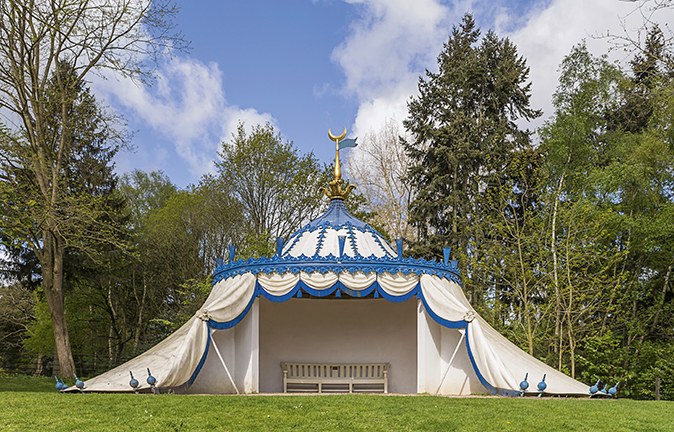
Expensive earthmoving operations were beyond Hamilton’s pocket – luckily, none were needed. The site he had bought included a natural vale and at the bottom of this he created a lake, lifting water to it from the River Mole by means of a waterwheel. This is the only structure that Richard Pococke describes after a visit in 1754, referring to Painshill as a ‘farm improvement’. Hamilton would soon be ornamenting the lake and slopes around it with follies, but improvement may be the key to the project. With the experiment in wine making and Hamilton’s introduction of newly imported trees, it suggests an Enlightenment mind, for which history, the Classics, the exotic and mechanical engineering, as well as investigation of the emotions, were natural interests. All are evoked by the garden buildings at Painshill.
Visitors were welcomed, on leaving their names, and they came in such numbers that Hamilton – again, ahead of his time – made them part of the financial equation. The head gardener was required to pay his staff of under gardeners out of the emoluments they gave him. In modern parlance, the visitor experience was curated. The Painshill Park Trust’s visitors follow the same route today. When the Hungarian Count Ferenc Széchényi came, he went round (in 1787, after Hamilton’s time) in a cabriolet drawn by a small horse – today, the infirm can procure an electric buggy.
First comes a grass lawn, enclosed by trees; called the amphitheatre, it provided a setting for a copy of Giambologna’s Rape of the Sabines, now splendidly reproduced by the sculptor Ivor Abrahams, who was sent to Florence to study the original. We follow a fir walk until, behold, the eye is caught by a Gothick temple, built of wood – ‘most elegant,’ according to Parnell, although Walpole hypocritically sniped ‘Goths never built summer-houses or temples in a garden’. Only four sides of this decagonal structure are filled in. We enter and here, through the ogee-topped arcade, is the view. Below us, the lake snakes placidly towards a five-arched bridge. Above it is a Turkish tent. All is serene. It is like a garden of the Golden Age in which different styles exist in harmony with each other. The visitor has no option but to view it as Hamilton intended, for this is a highly considered picture.
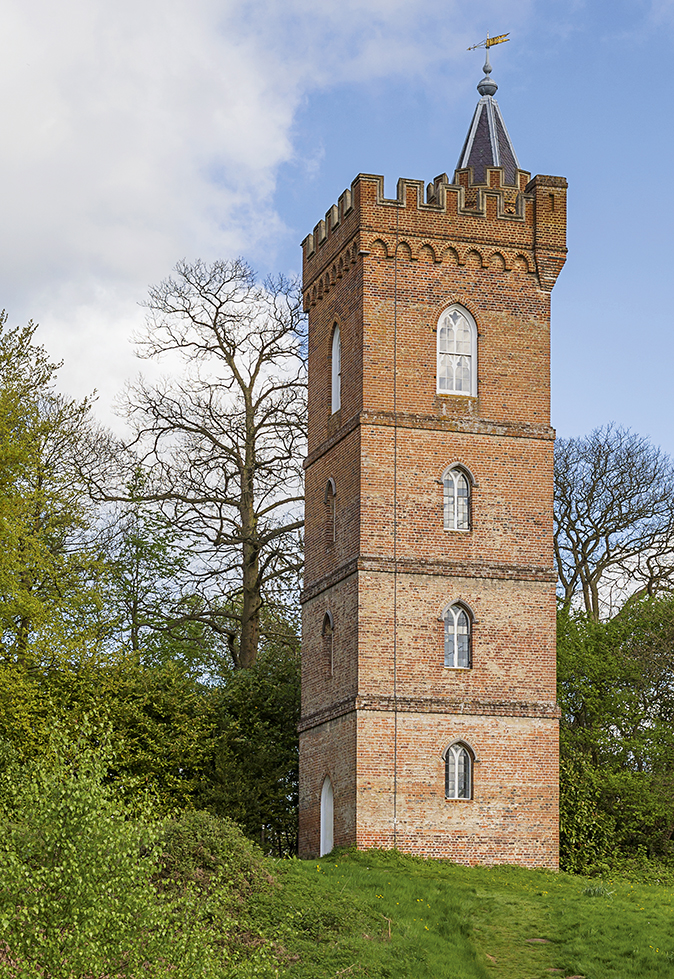
We descend by a zig-zag path, cross a Chinese bridge and find ourselves in a zone scattered with outcrops of apparently worm-eaten rock. This is the overture to the grotto, a circular space with openings to the lake. The ceiling is a mass of stalactites made from plaster, to which wafers of shiny, sparkling feldspar are attached (Country Life, September 11, 2013). A gardener waited in the dark for visitors to approach, then switched on a pump to circulate dripping water, but the surface of a pool remained still, to produce reflections. The effects precisely echo those of Alexander Pope’s grotto at Twickenham:
... where Thames’ translucent Wave Shines a broad Mirrour thro’ the shadowy Cave; Where lingering Drops from Mineral Roofs distill, And pointed Crystals break the sparkling Rill.
The object, presumably, was to inspire wonder at the natural world, in contrast to the introspection of the hermitage or the gloom of the Ruined Abbey (erected to hide a brickworks). ‘All is great and foreign and rude,’ wrote Walpole, shuddering at its ‘air of wild and uncultivated extent’, for which Edmund Burke had recently (1757) coined the term Sublime.
The gaily decorated Turkish Tent, by contrast, evokes pleasure. There was a Turkish tent in the centre of Vauxhall Gardens, the patron of which had been Frederick. Neither of these tents was made wholly of canvas; the Painshill tent, now reconstructed on a slightly different site, was a brick and plaster structure to which canvas was attached. Its apparently ephemeral nature prefigured the vogue for informality, as Romantics sought a more direct contact with Nature. There was also a symbolic meaning, which was readily apparent to the minds of Hamilton’s contemporaries, such as Parnell. Here was the Tent of Darius, in which Alexander the Great gave freedom to the women and slaves of the defeated King Darius. Alexander’s magnanimity was, perhaps, an implicit criticism of George II, still on the throne when the tent was erected in the 1750s – Frederick had been banished from his court. In Turquerie and the Politics of Representation, 1728–1876, Nebahat Avcioglu notes that the design was taken from an earlier drawing by Henry Keene, previously employed by Frederick at Kew Gardens.
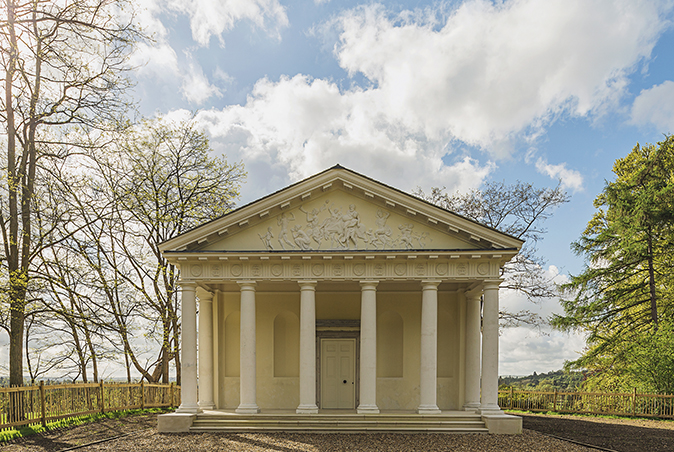
The Temple of Bacchus, the building rebuilt this year, celebrates the god of wine, who presided over the vineyard. Inside was the statue that Hamilton had bought in Rome, and the pediment displayed what Parnell called ‘a fine basso relievo of Silenus drunk supported by fauns on his ass’. In a garden building at Hagley Hall, Nicholas Revett, co-author of The Antiquities of Athens, had recently introduced the (baseless and fluted) Greek Doric order into England for the first time and Hamilton’s Temple was often described as ‘Grecian’, perhaps from the air of simplicity. But the order is really Roman Doric and the general form – a portico in front with eight pilasters – is that of the (Corinthian) Maison Carrée at Nîmes.
Hamilton, who was probably his own architect for his garden buildings, must have consulted Robert Adam – hence extant ceiling designs in the Soane Museum – as both men would have seen it on their way to Italy. ‘This is one of the most beautiful things of the kind that I have seen,’ exclaimed the Picturesque taste-maker William Gilpin. Thomas Jefferson, visiting in 1786, was another admirer. The tour ends with the Gothick Tower, which today contains a welcome tea room, and the hermitage.
As Hamilton faced financial difficulties, so does the Painshill Park Trust face battles of its own. This edge of the park is threatened by an encroachment from the A3, due to a projected widening of the junction with the M25. The amount of land in question is not large, but it threatens to have a devastating effect on the tranquillity that is so essential to the enjoyment of Painshill. A campaign has been launched to persuade the planners to return to their drawing boards. This is a work of art of great fragility and international importance, heroically restored with patience, scholarship and love. A small adjustment by the highways engineers would save it.
For details and visiting times, telephone 01932 868113 or visit www.painshill.co.uk
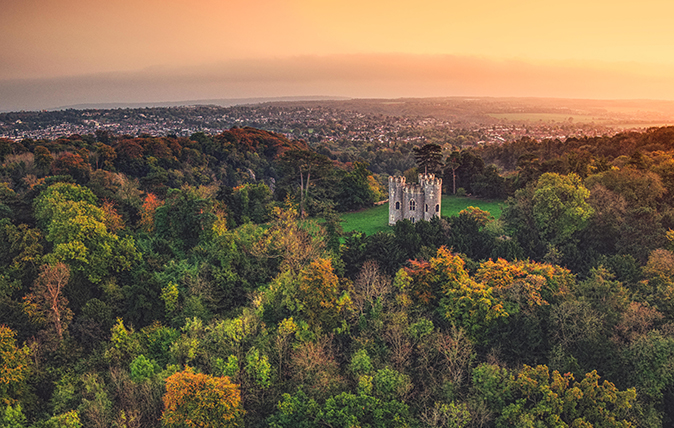
The practice of landscape: 10 great gardens by Humphry Repton
Humphry Repton was the leading garden-maker at the turn of the 19th century. Here are 10 of his best-loved gardens
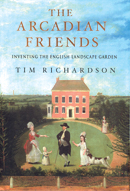
Book review: The Arcadian Friends Inventing the English Landscape Garden
Christopher Woodward is captivated by the story of the English landscape garden as a place of philosophy and art, told
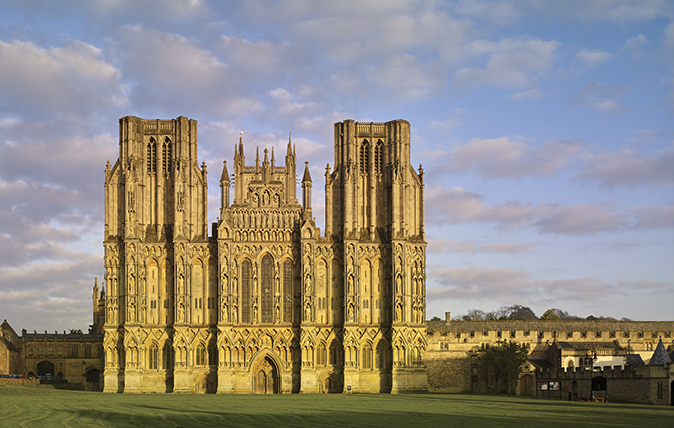
Wells Cathedral, Somerset: A symphony of architecture
In the first of two articles, John Goodall describes the architectural development of Wells and the struggle of its late-medieval
-
 Who is older — Brad or Tom? Country Life Quiz of the Day picture special, September 10, 2025
Who is older — Brad or Tom? Country Life Quiz of the Day picture special, September 10, 2025Your face will be a picture after doing Wednesday's quiz.
-
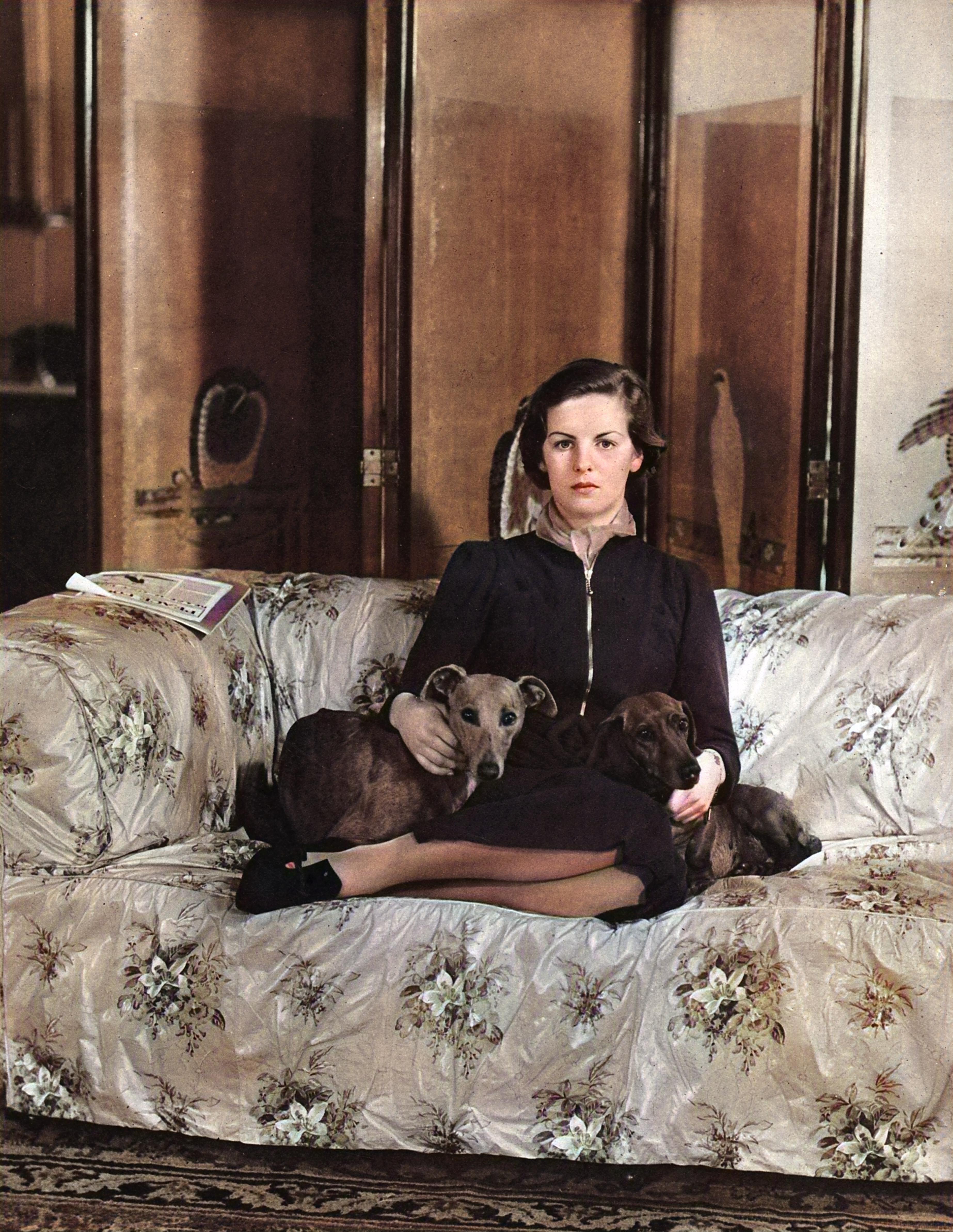 Debo Mitford on her childhood at Asthall Manor, from Nancy's 'coming out' dance to Unity's peach-pinching ways
Debo Mitford on her childhood at Asthall Manor, from Nancy's 'coming out' dance to Unity's peach-pinching waysThe late Dowager Duchess of Devonshire looks back on her childhood in the Cotswold idyll of Asthall Manor.